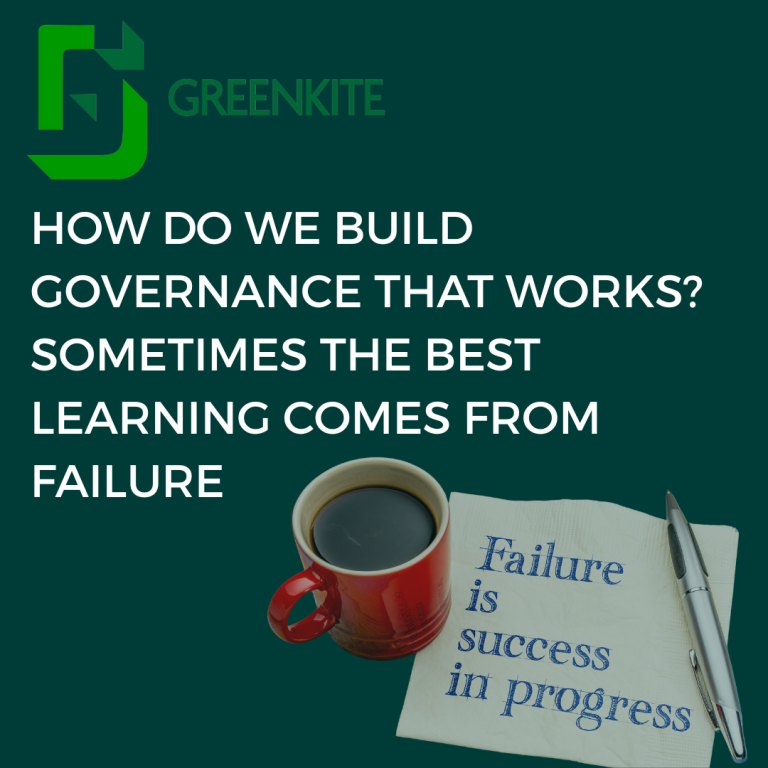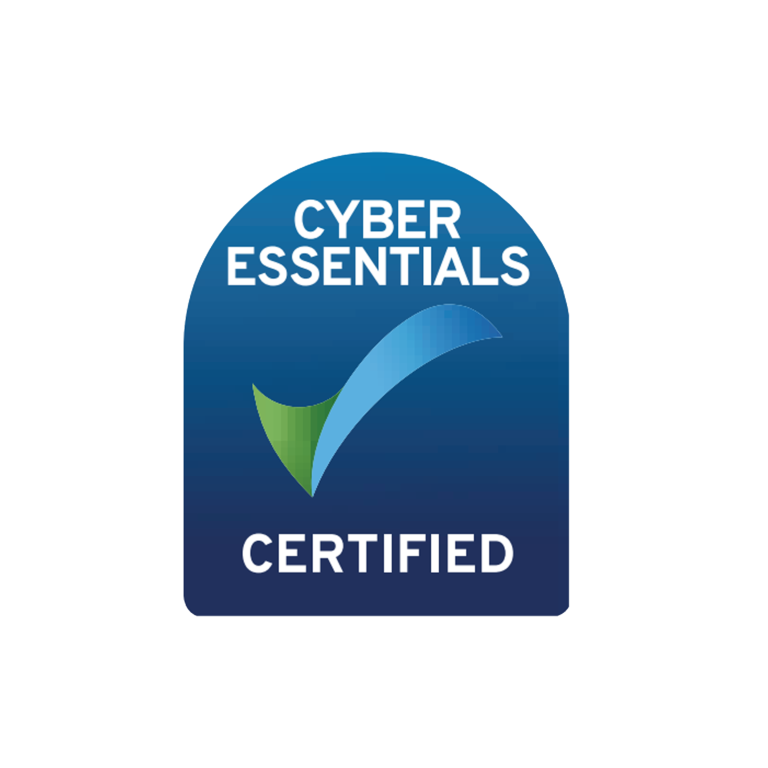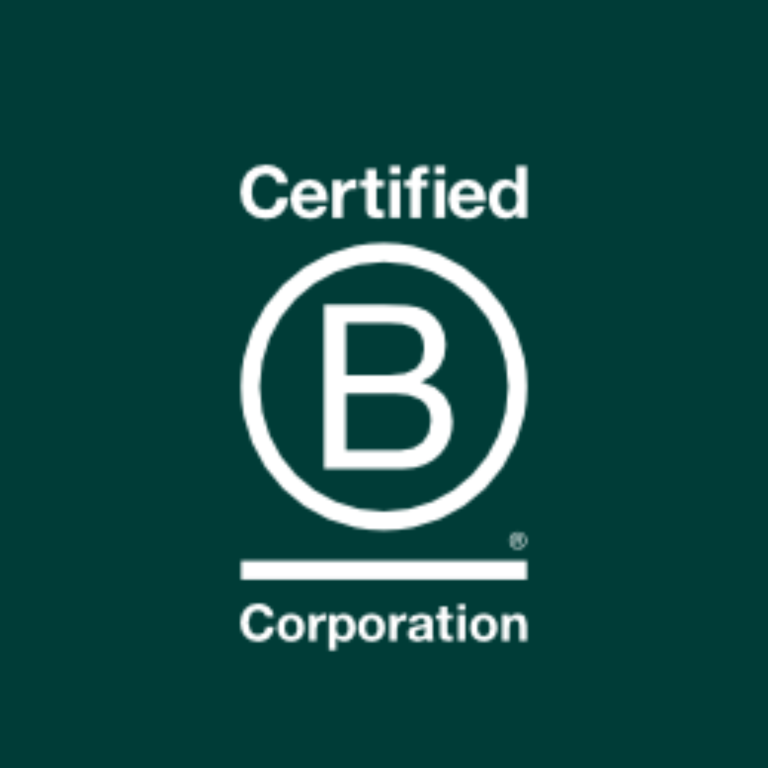
Governance That Works: Building Resilient Insurance Businesses from the Inside Out
About 20 years ago, I made a catastrophic mistake.
I was working as a Project Manager at a reputable outsourced call centre, responsible for the operational performance of several outbound sales teams conducting affinity-based insurance distribution. Each team sold non-advised insurance products; life and critical illness, accidental death, CPP, PI products, and more – on behalf of multiple insurers. Our brand had a strong reputation built on quality, low complaint rates, and sticky sales (low cancellations), even if this meant sacrificing some volume.
Then disaster struck. I was summoned to my boss’s office to find out my team’s cancellation statistics had unexpectedly surged. Suddenly our distribution cost had become excessive, resulting in an Insurer complaint, and ultimately significant financial refunds from us to maintain a critical relationship with them.
So what was the root cause of the issue? We operated under a robust quality model: nearly every sales call underwent 100% peer review, ensuring customers fully understood their products without undue pressure and with all scripted disclosures given. However, one team’s sales had outpaced our quality assurance capacity. While I was unaware, the sales team clearly recognised this lapse in oversight, and our previously robust controls quietly failed with sales teams starting to gamble on the odds of avoiding peer review, and as a result mis-selling had begun.
Reflecting back on this now, this was a governance failure, pure and simple. If this scenario unfolded today within the Senior Managers and Certification Regime (SMCR), as a Senior Management Function (SMF), I would of been in serious trouble. My trust-based approach (“tell me”) instead of rigorous oversight (“show me”) could have easily demonstrated a lack of Duty of Responsibility and insufficient Reasonable Steps. Thankfully, effective insurer oversight meant damage was short-lived, but the lesson stayed with me throughout my career.
Today’s regulatory landscape is tougher than ever, but operational resilience isn’t rocket science. It hinges on anticipating risks, leveraging experience, and embedding genuinely reasonable controls to mitigate unexpected events. A robust risk culture clearly distinguishes inherent risks from residual ones, maintaining vigilance even when performance seems exceptional.
They say, “it takes a village to raise a child,” and the analogy rings true in governance. Effective oversight requires diverse perspectives, including the risk averse, the experienced specialists, and even unconventional thinkers – to identify risks inherent in human behaviours. It never occurred to me my team would exploit a lapse in monitoring for financial gain – because I believed our culture was a sufficient control in reserve. My oversight failed precisely because I trusted without verification.
This is exactly why understanding your responsibilities as an SMF or NED is critical. Knowing your accountabilities, risks, and precisely which Reasonable Steps you must evidence in your control framework is essential for protecting both you and your organisation.
If you’re concerned about your accountability versus your visibility, now may be the right time for experienced, practical support. At GreenKite, we leverage hard-won expertise to help you map, manage, and mitigate your resilience, governance, and cultural risks. Whether delegating authority, managing Appointed Representatives, or assigning tasks within your team, GreenKite’s experienced professionals ensure your governance frameworks remain robust and your accountabilities clear.





